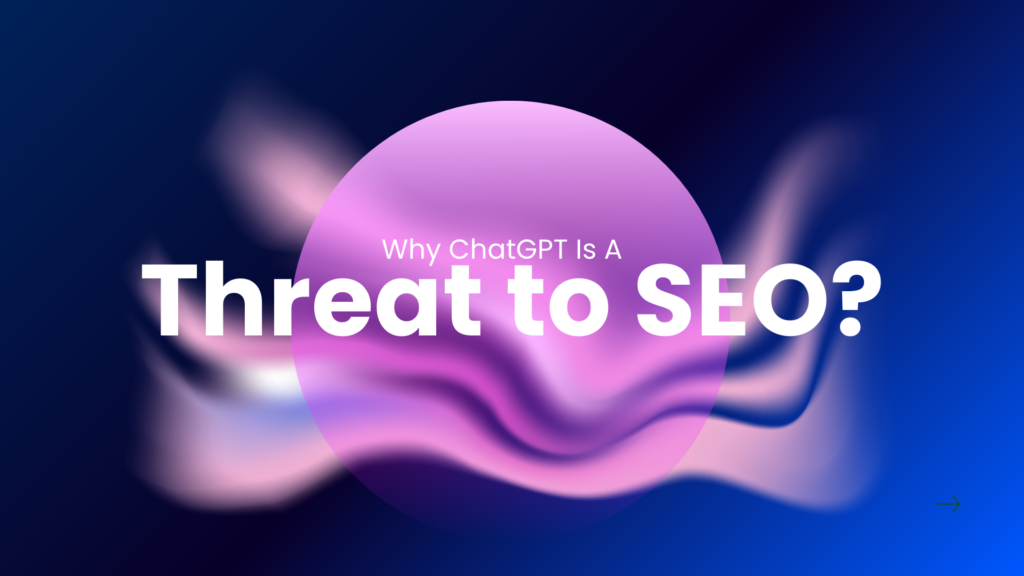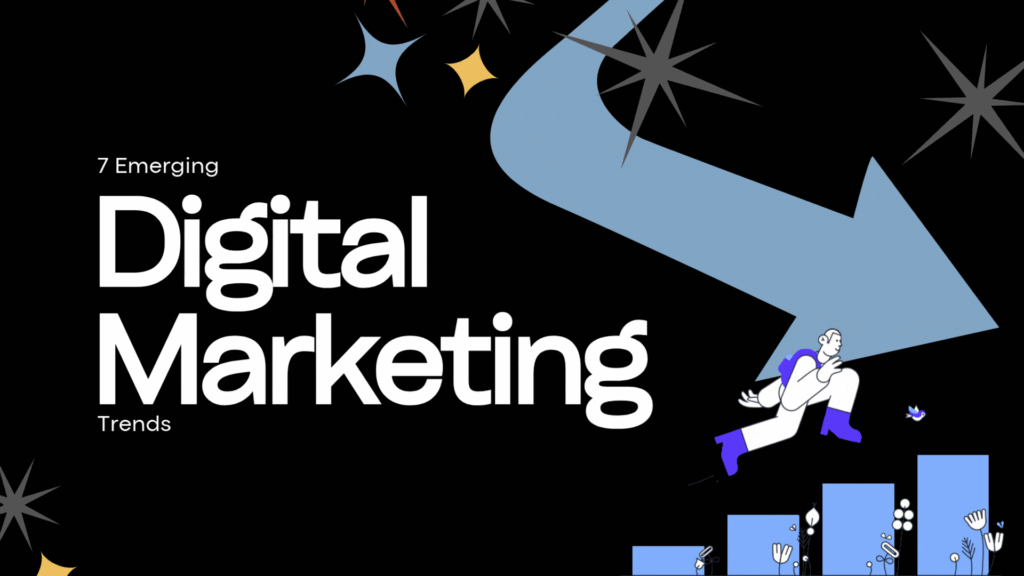ChatGPT is an AI-powered language model that uses machine learning to generate text in response to a prompt. It can write in any language and cover a wide range of topics, from blog posts to product descriptions. This makes it an attractive tool for businesses and marketers looking to create content quickly. However, the ease with which ChatGPT can produce text raises concerns for search engines, particularly when it comes to SEO.
ChatGPT Content and Why It’s Bad for SEO
While ChatGPT can generate high-quality, SEO-friendly content, it poses a significant threat to SEO practices in the long term. As AI-generated content becomes more ubiquitous and harder to differentiate from human-written content, search engines like Google are likely to adapt by developing more sophisticated algorithms to detect and penalize websites that rely heavily on this type of content.
Google has already made its stance clear on AI-generated content. Through updates like the Helpful Content Update and the Spam Update, Google is actively working to identify and penalize websites that use AI-generated content inappropriately.
Here are some reasons why ChatGPT-generated content could be a problem for SEO:
1. Algorithmic Watermarking May Reveal ChatGPT Content
Although ChatGPT content may appear human-written at first glance, it follows patterns and structures that can be identified by search engines. These subtle patterns, known as “algorithmic watermarking,” could eventually help Google detect content created by AI tools like ChatGPT. When Google identifies this content, websites that use it may face penalties for violating Google’s Webmaster Guidelines.
John Mueller, a senior webmaster trends analyst at Google, stated:
“For us, these would, essentially, still fall into the category of automatically generated content, which is something we’ve had in the Webmaster Guidelines since almost the beginning. If you’re using machine learning tools to generate your content, it’s essentially the same as if you’re just shuffling words around or using old-school content manipulation tricks. That kind of thing… we would consider that to be spam.”
This means that even if the content is high quality, Google could still classify it as spam due to its AI origin, which may result in penalties for websites using ChatGPT-generated content.
2. AI Content Is Detectable
Earlier versions of natural language generation (NLG) models, like GPT-2, were relatively easy for search engines to detect. Newer models, such as GPT-3, are much harder to differentiate from human-generated content, but that doesn’t mean they’re completely undetectable. As AI technology continues to advance, Google’s search algorithms will also improve, making it increasingly difficult for AI-generated content to slip past detection.
In the past, websites using GPT-2-based content were penalized after Google’s algorithms detected the patterns inherent in machine-generated text. The situation will likely be similar with GPT-3 and future models, as Google will keep evolving its bots to better understand and identify AI-generated content.
3. Case Study: AI Content Punished by Google’s Helpful Content Update
A case study of a website using AI-generated content shows the risks associated with ChatGPT for SEO. After several months of stable traffic, a site using content generated by GPT experienced a sharp decline in traffic. The drop was linked to Google’s Helpful Content Update, which targeted sites that prioritized SEO manipulation over delivering valuable, user-centric content.
Websites relying on AI-generated content may see a similar fate as Google’s algorithm updates continue to evolve and penalize such tactics. This means that while AI tools like ChatGPT can produce content quickly, they may not guarantee long-term SEO success.
Moving Forward: Caution Is Key
While ChatGPT can be a valuable tool for content creation, there are reasons to be cautious about using it extensively for SEO purposes. As Google refines its algorithms to detect AI-generated content, websites that rely too heavily on tools like ChatGPT may face penalties. The best approach is to wait for Google’s response to the increasing use of AI-generated content before fully incorporating it into your SEO strategy.
Possible Places to Use ChatGPT Content Without Risk
Despite the risks associated with ChatGPT for SEO, there are areas where AI-generated content can be used more safely, especially for off-page optimization. Here are a few potential applications:
1. Off-page Optimization
ChatGPT can help generate content for off-page SEO, such as social media posts or marketing materials, without directly impacting your website’s rankings.
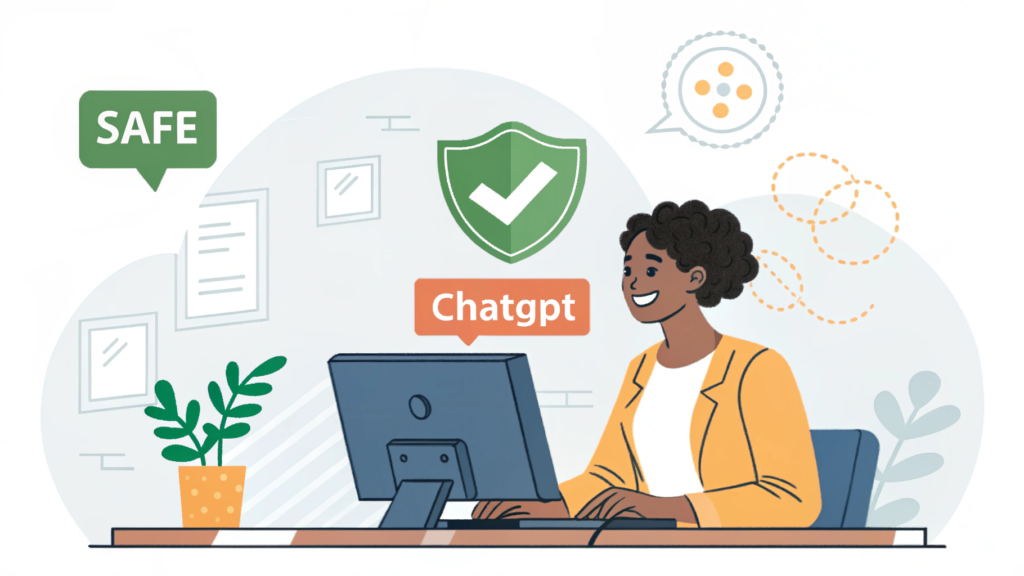
2. Title and Meta Description
ChatGPT can assist in generating SEO-friendly titles and meta descriptions that are optimized for search engines. Since these elements are important for CTR (Click-Through Rate), they can play a role in enhancing visibility.
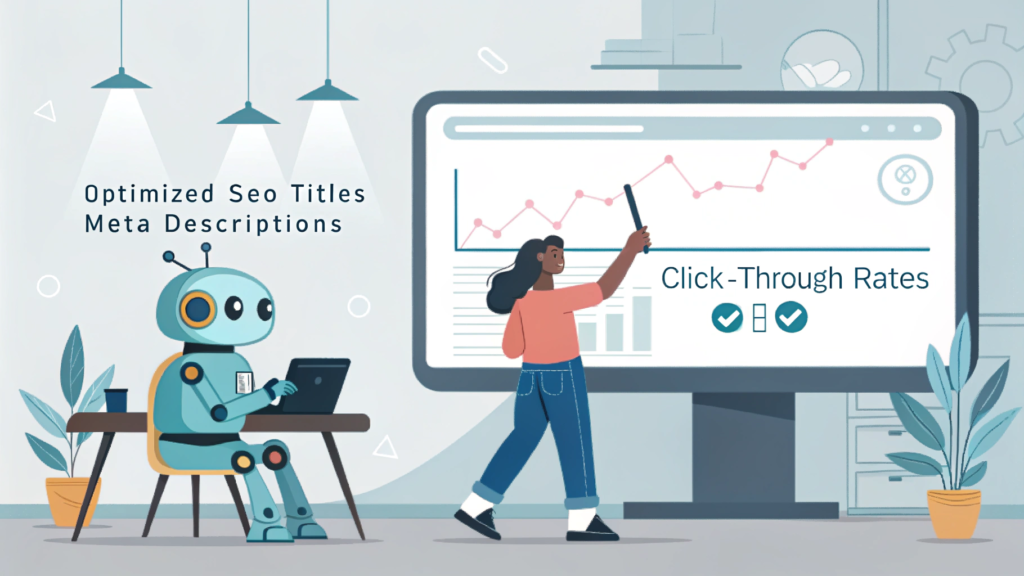
3. Creating Schemas
Schema markup helps search engines understand your content better. ChatGPT can assist with generating schema code that is SEO-friendly.
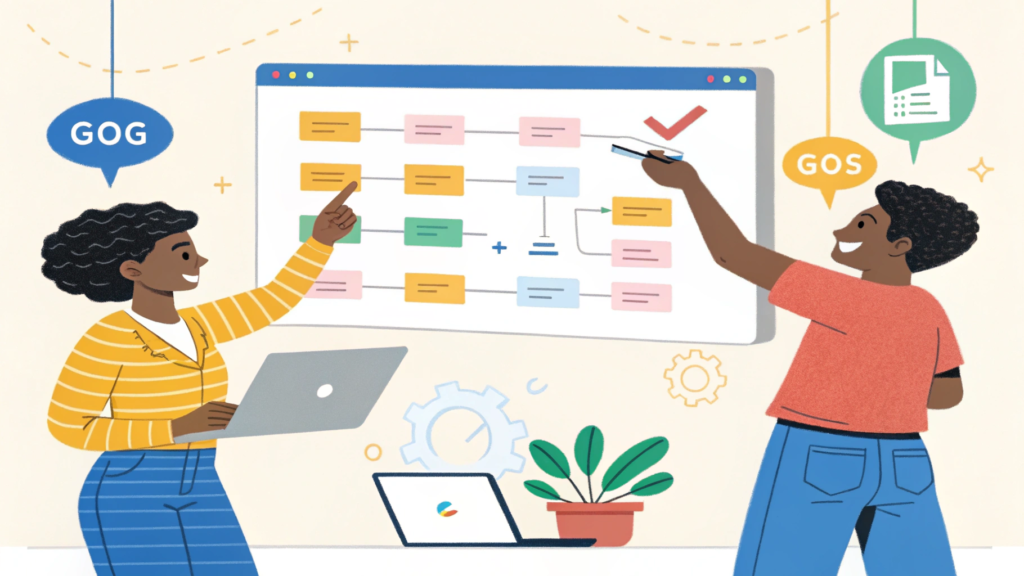
4. Guest Blogs (Highly Risky)
While ChatGPT can help create content for guest blogs, this is a risky area. Google’s Link Spam Update not only targets low-quality backlinks but also penalizes poor-quality content on those backlinks. If you use ChatGPT for guest blogging, be sure that the content is genuinely valuable and not perceived as spammy.
0-=]
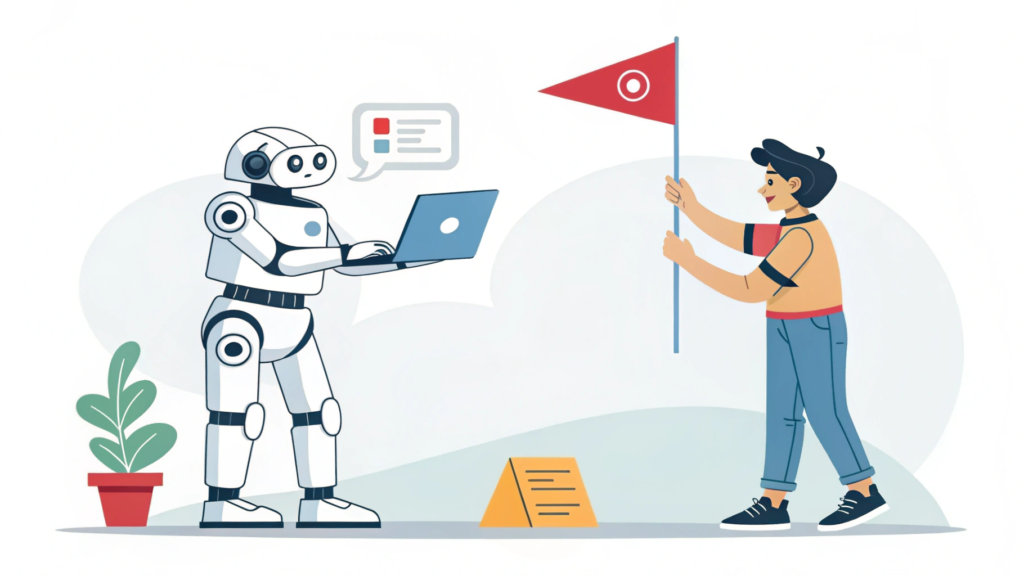
Conclusion
ChatGPT is a powerful tool for creating SEO-friendly content. By automating key aspects of content writing—such as keyword research, content organization, and meta tag creation—it saves time and boosts productivity. Whether you’re working in a digital marketing agency, running a business, or creating content for your website, ChatGPT can help ensure that your content is not only high-quality but also optimized for search engines.

